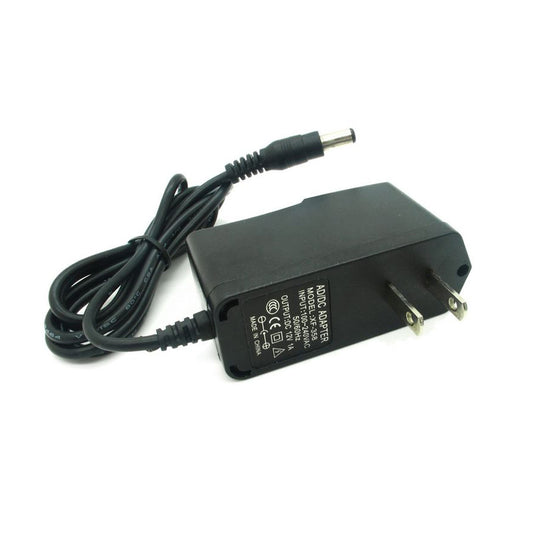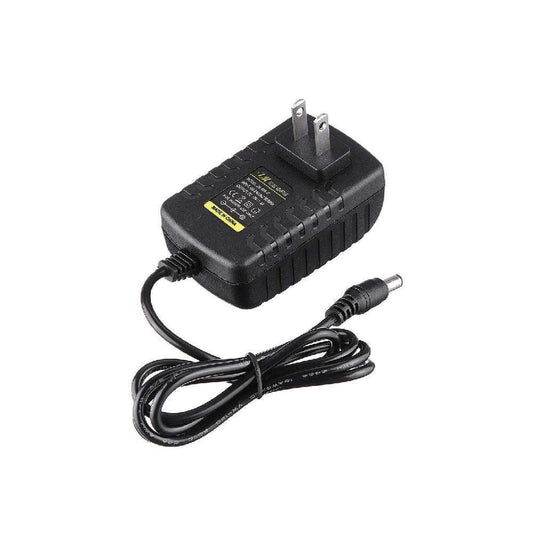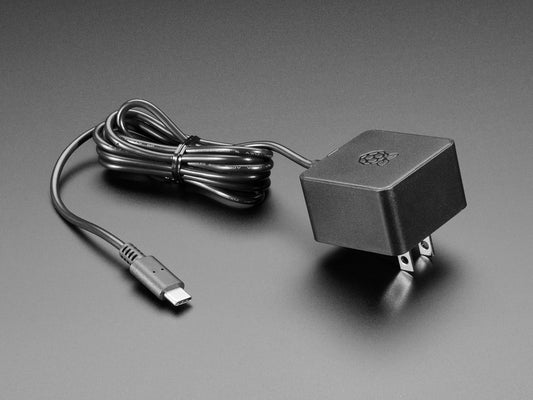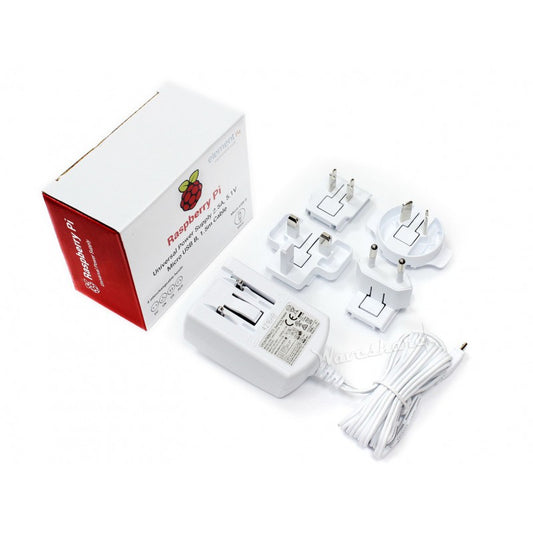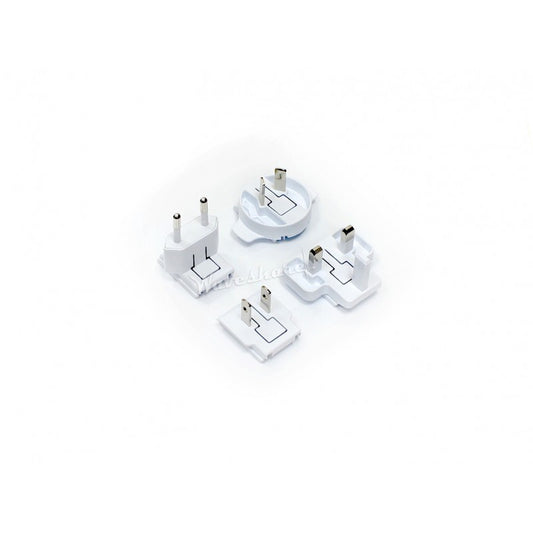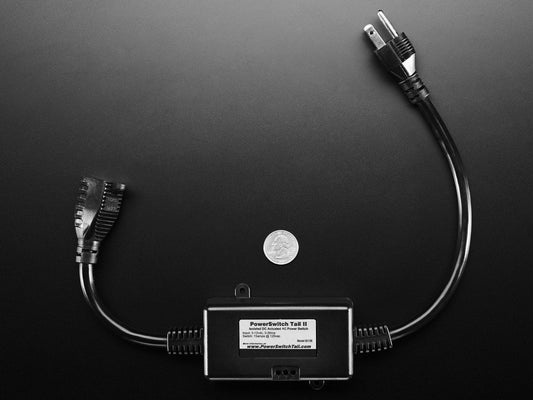AC-DC Adapters Philippines: 5V, 9V, 12V & Power Supplies | Circuitrocks
AC-DC Adapters & Power Supplies — Regulated 5V, 9V, 12V, 24V
Power your electronics safely with our selection of AC-DC wall adapters and regulated power supplies. Choose from 5V, 9V, 12V, and 24V adapters ideal for Arduino, ESP32, Raspberry Pi accessories, routers, LED strips, small appliances, and laboratory prototyping.
5V • 9V • 12V • 24V • Regulated • Barrel Jack • Switching Supply
Why shop power adapters here
-
Regulated output: safe for microcontrollers & sensors
-
Multiple voltages: 5V/9V/12V/24V options
-
PH support: troubleshooting & power matching advice
Popular uses
- Arduino & ESP8266/ESP32 boards
- Routers, switches & WiFi devices
- LED strips, fans, pumps & small appliances
- Prototyping benches and labs
- Robotic platforms & automation rigs
Adapter categories
High Voltage (24V+)
- 24V adapters
- Great for CNC, 3D printers & industrial modules
- Higher torque motors & solenoids
Tip: Always check polarity (most adapters are center-positive). Verify connector size before ordering: 5.5×2.1 mm is the most common.
Power adapter chooser (quick guide)
| Need |
Best choice |
Notes |
| Arduino, ESP32, small sensors |
5V adapter |
Use regulated to protect microelectronics. |
| General electronics |
9V adapter |
Common center-positive barrel. |
| LED strips, motors & relays |
12V adapter |
Most versatile for makers. |
| Heavy loads / industrial |
24V adapter |
Used in CNC, 3D printers, solenoids. |
| Polarity-critical devices |
Center-positive adapters |
Double-check labeling before plugging in. |
Match voltage exactly. Current (A) can be higher than required, but never lower.
Starter bundles
-
Maker Power Kit: 5V/9V/12V adapters + barrel jack set
-
LED Strip Kit: 12V adapter + connectors
-
Robotics Power Pack: 12V or 24V adapter + motor driver
FAQ
Can I use a higher-amp adapter on my device?
Yes—devices only draw the current they need. Just match the voltage exactly.
What happens if polarity is reversed?
It may damage your device. Always verify center-positive vs. center-negative.
Are these adapters safe for microcontrollers?
Yes—our adapters are regulated and stable, suitable for Arduino, ESP32, sensors, and robotics.
Do you ship nationwide?
Yes—fast PH shipping across the Philippines with same-day processing for in-stock items.
 Sold out
Sold out Sold out
Sold out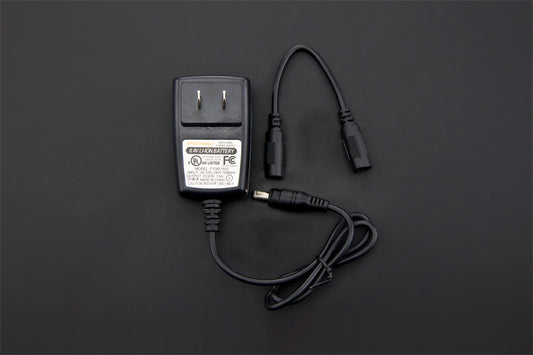
 Sold out
Sold out
